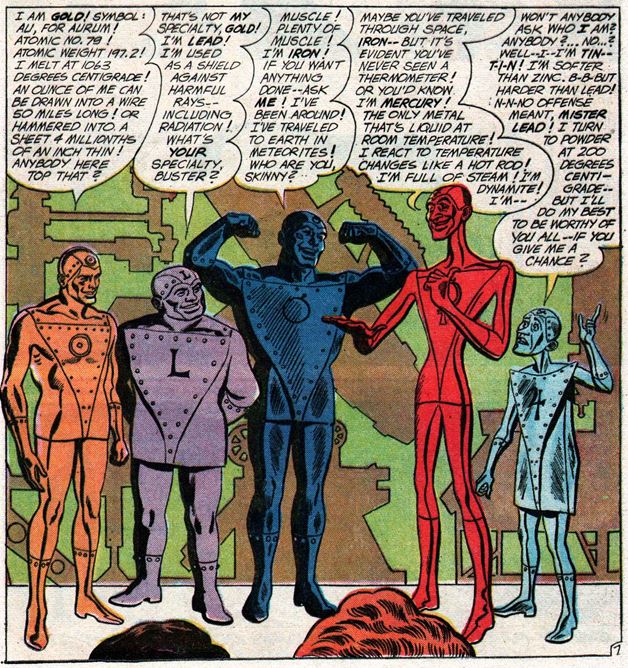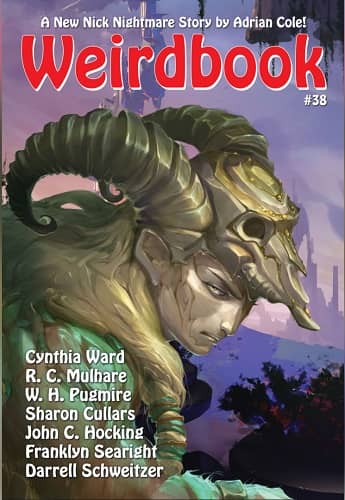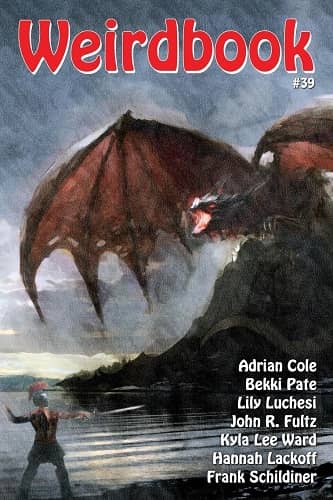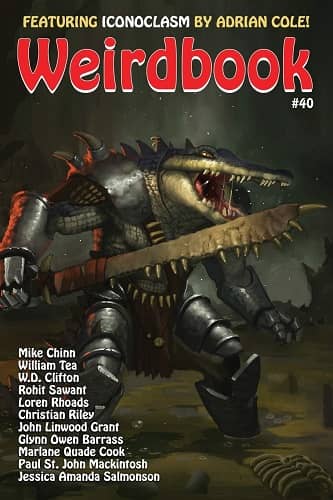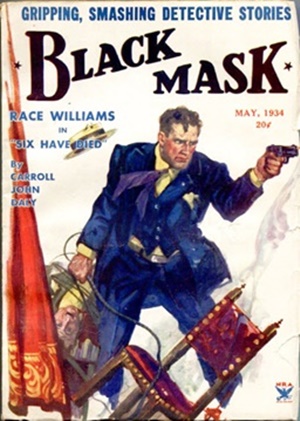Elementary, My Dear Metal Men
It’s 1962. You are Irwin Donenfeld, executive vice president for DC Comics, the 800-pound gorilla of superhero comics. You are riding high on the Silver Age of comics, having revived superhero comics from their near-death experience at the hands of Fredric Wertham, the New York District Attorney, and Congress itself. A dozen new versions of 1940s legends have poured from your offices since 1956 along with brand-new successes. The secret? Showcase, a comic invented purely to give tryouts to comic concepts and get the fans, the readers, the buyers to write in insisting that one or another of them be given their own titles. The Barry Allen Flash emerged from Showcase #4, The Challengers of the Unknown in #6, Lois Lane in #8, Green Lantern in #22, Aquaman in #30, the Atom in #34.
Now you’re a victim of your own success. The Atom, after also appearing in Showcases #35 and #36, is a smash. He’s getting his own title. But he was supposed to appear in Showcase #37, March-April 1962, as well, which is due at the printer in two weeks, and you don’t want to use him again. What do you do?
